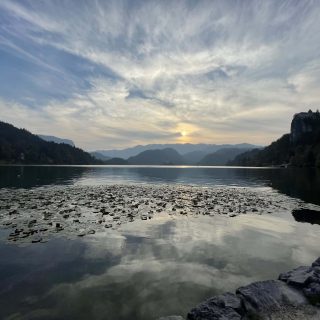Europe In A Campervan – 11 Things You Must Know Before Your First Trip
Last Updated on 12 November 2023
*This post may contain affiliate links, which means that if you decide to make a purchase through one of these links, I will receive a commission at no extra cost to you! This allows me to continue bringing you valuable content for free and any purchases you make via these links are gratefully appreciated. Please refer to my Disclosures for more information.*
Thinking of travelling around Europe in a campervan?
Thinking of taking a European road trip from the UK in your home on wheels? You might have already conquered somewhere like Scotland in your motorhome, and now be ready to graduate to Europe. Well I don’t blame you. Roaming Europe with flexibility and freedom is one of the most liberating travel experiences ever, and the continent is pretty well equipped for motorhomes too. But there are some things you should know before you set off. After a few stints touring Europe in a campervan, I’ve composed a list of first-timers tips which should help your road trip go smoothly.

Here’s 11 things you must know before you go road trippin’…
1. Set your sat-nav or Google Maps to ‘avoid toll roads’
There are various toll roads across Europe (especially in France). Yes, some are going to be unavoidable if you want to save time – you can evaluate these on a case by case basis and research them prior to your trip so you know when not to set your sat-nav to avoid toll roads. But generally, when you travel Europe in a campervan, it is a good idea to set your sat-nav to avoid these so you don’t end up incurring lots of extra costs which could have been avoided by taking another route! Some toll roads can be quite pricey and might charge more for larger vehicles, like motorhomes.

Tip: Search the different sections of your road trip itinerary on Google Maps before you go to see what toll roads are along the way, how much they cost, and if they are avoidable.
2. Always carry a credit or debit card
It can be common at fuel stations to have to pay at the pump before you fill up, so you will need a credit or debit card with you in case this is the only option. But this is not the only reason for carrying plastic. When you’re touring Europe in a motorhome, it is always a good idea to have an option for card payment with you, in case the unexpected happens (like when you break down in Germany and need to spend all day at a garage in the middle of nowhere having your van fixed and don’t have the cash to fund it, but do have a card)!
3. Purchase European breakdown cover
This might seem like a simple tip, but some people just don’t bother to get European breakdown cover for their campervan (regardless of whether they are staying in the UK or travelling abroad in a motorhome). It can be exceptionally expensive to fund the recovery of your vehicle without breakdown cover. To date, we have used our European breakdown cover twice when on European road trips in our van and without it, I think I would have fainted at the price of the bill! It is non-negotiable.
Tip: Make sure you do some basic checks periodically when touring Europe in your motorhome, like making sure oil levels are sufficient. It could save you hassle in the long-run.
4. Purchase a Camperstop book

There are some trip planning tools, but one of my all time favourites is Camperstop – a touring Europe in a motorhome book. In my opinion, it is the bible of European campsites and off-site parking spots. From my first time travelling Europe in a van onwards, I have religiously used Camperstop to source overnight parking. Whether it’s a luxury riverside campsite with all the amenities, a carpark in a beautiful German town, or a rough parking area in a little village, it features an abundance of free and paid for parking options (and details the amenities, cost, when it’s open, and more).
5. Do your driving outside of peak hours
It might seem obvious, but when you are travelling around Europe in a campervan it is best to do your driving outside of peak hours. My personal preference is to get up early and do the driving stints first thing in the morning. If you need to take ring roads around busy cities like Brussels, it can be beneficial to pass through them before the work traffic starts. Furthermore, if your European motorhome trip is going to be in the height of summer, it makes sense to do your driving in the cooler periods because if you get stuck in traffic (which is likely in summertime) then you risk your van overheating (I’m talking from experience here guys).
6. Don’t underestimate the size of Europe
Unless you want to be driving 24/7, it can be very difficult to see multiple countries in a short space. Europe is humongous, as are many of the countries within it. It’s likely you’ll want to allocate some mammoth driving days. But when you plan an itinerary for driving around Europe in a campervan, expect the unexpected and allow flexibility for delays and any last minute change of plans. For example, you might stumble across somewhere else you want to stop, get stuck in traffic on the German/Austrian border for hours (and decide to make lunch in the kitchen whilst stationary on the autobahn), or decide to spend an extra day somewhere you really love.
7. Stay near the ferry terminal the evening before your ferry home
I cannot imagine the stress of having to drive back to Calais from further afield on the day of a ferry crossing back to the UK. When we tour Europe by campervan, we have always stayed within an hours driving distance of Calais the night before our ferry back. Calais, the port I’ve always used for accessing Europe by road, has various parking areas for motorhomes, but my ultimate favourite place to stop is in the Belgian city of Bruges which has a motorhome site near to the centre. Wherever your port is, I’d recommend researching campsites or parking areas within an hours driving distance so on the day you return, you are closeby.
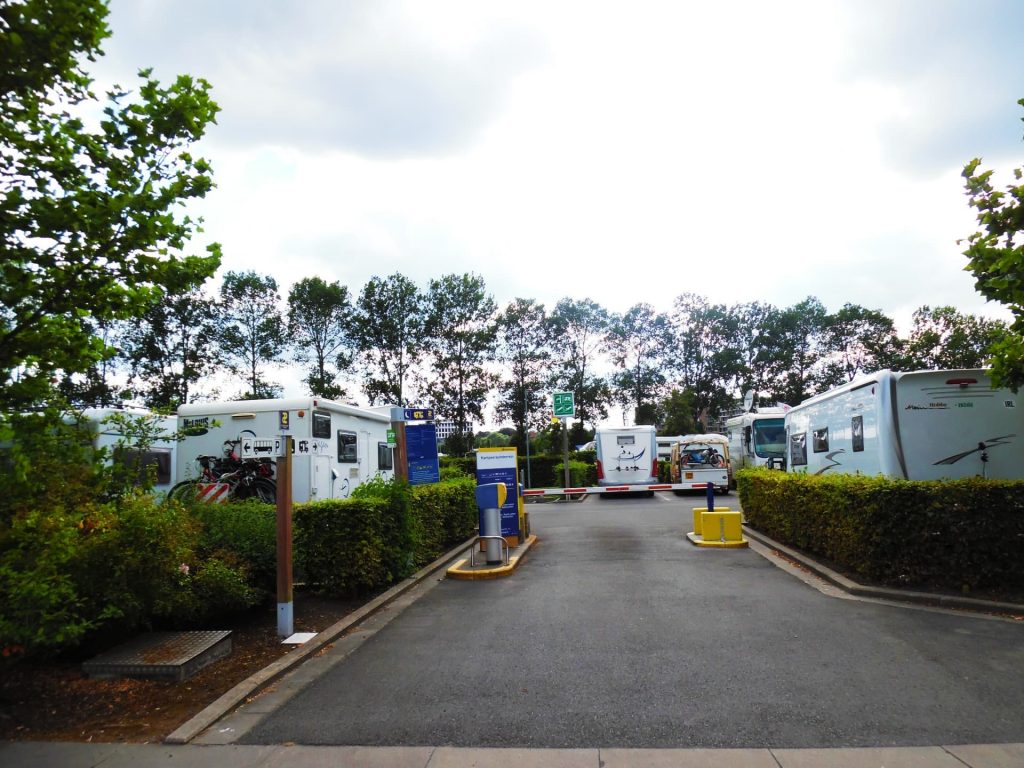
8. Take an early morning or late evening ferry crossing
In my experience, early morning or late evening ferry crossings are the cheapest. Prices for daytime crossings tend to be inflated because they are more convenient, and early morning or late evening will likely save you money. Personally, we have always used mega early ferries (I’m talking 4am-5am) from Dover to Calais. Furthermore, as Dover to Calais is the shortest stretch to cross the English Channel, crossings only take 1½ hours, this is also reflected in the price (other crossings can take hours so Dover is always my preference) and there are multiple crossings everyday.
9. Keep a steady speed as it’s more economical
The speed limits might be very different in Europe (or even non-existent like on SOME of the autobahns in Germany). But taking a motorhome to Europe requires a slow and steady wins the race mindset, especially if it’s a big vehicle with a big engine. By all means, drive how you prefer and if money is no object then disregard this. But just something to note is that keeping your speed steady can be more economical, therefore costing you a touch less in fuel. Higher speeds and harsher braking are always going to mean your van drinks more juice.
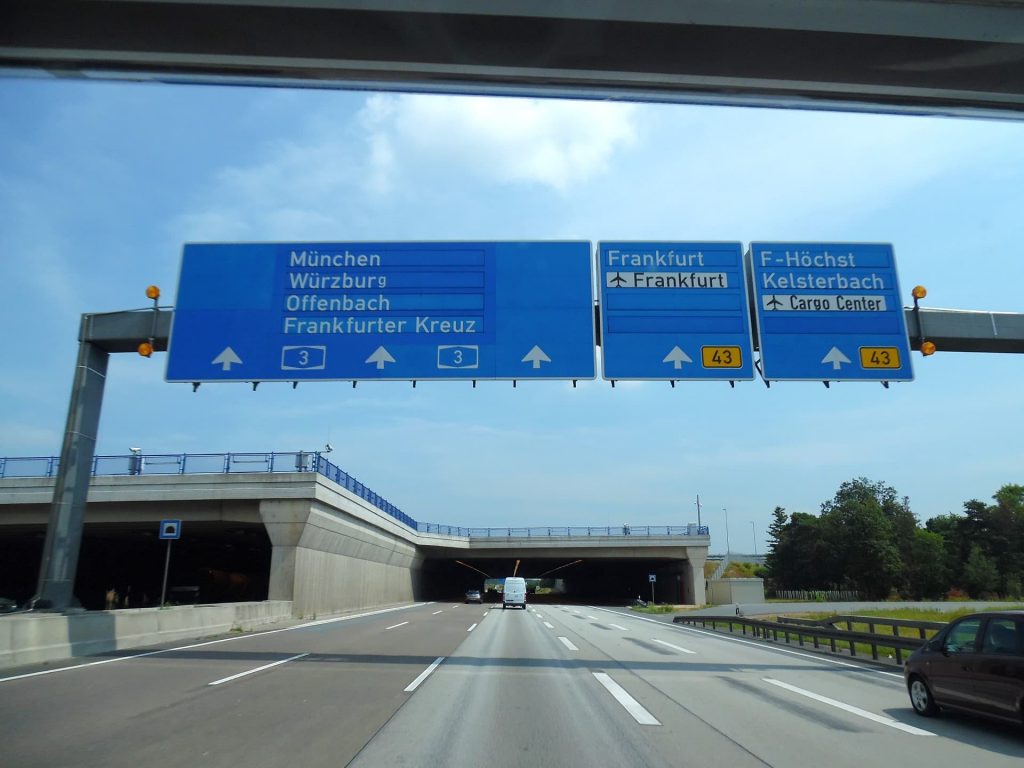
10. You might require a vignette for some countries
A vignette is essentially a toll sticker which shows you have paid the road tax and therefore are allowed to drive on certain roads, like motorways. Not every country in Europe requires you to obtain a vignette, and you should always research country-specific driving requirements when planning a trip to Europe in a campervan. For example, Austria and Slovenia require you to have a vignette. If you don’t have the required vignette to drive in some countries, you could be subject to a hefty fine.
11. Take your bicycles and bicycle locks
If you’re touring Europe in a campervan, get yourself a Fiamma bicycle rack to safely strap your bikes to your van on and throw some bicycle locks in a cupboard. Some campsites might be a few kilometers from a city or town centre, like Camperpark Vogelzang in Antwerp or Wohnmobilstellplatz Ladenburg (which is within cycling distance to the lovely city of Heidelberg). Cycling can be a really efficient way of getting around, seeing sights, and quickly getting around campsites which can sometimes be rather large. From my experience, Europe seems to be well equipped for cyclists, so why not exploit this?

Pssst… sharing’s caring! Pin this post using one of the images below, so you can find it easily later!
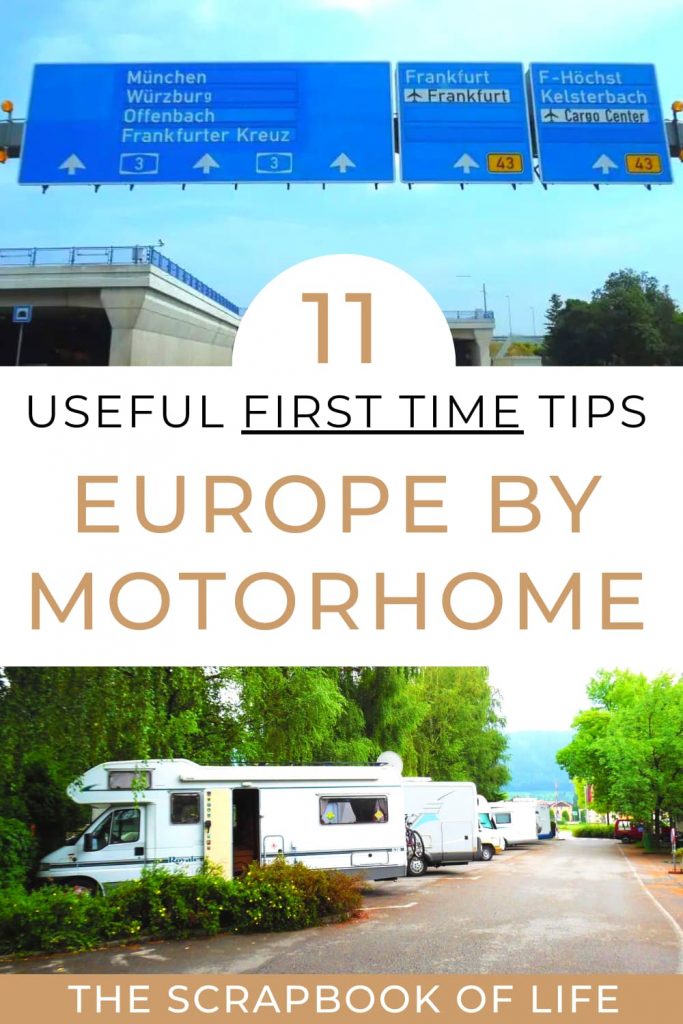
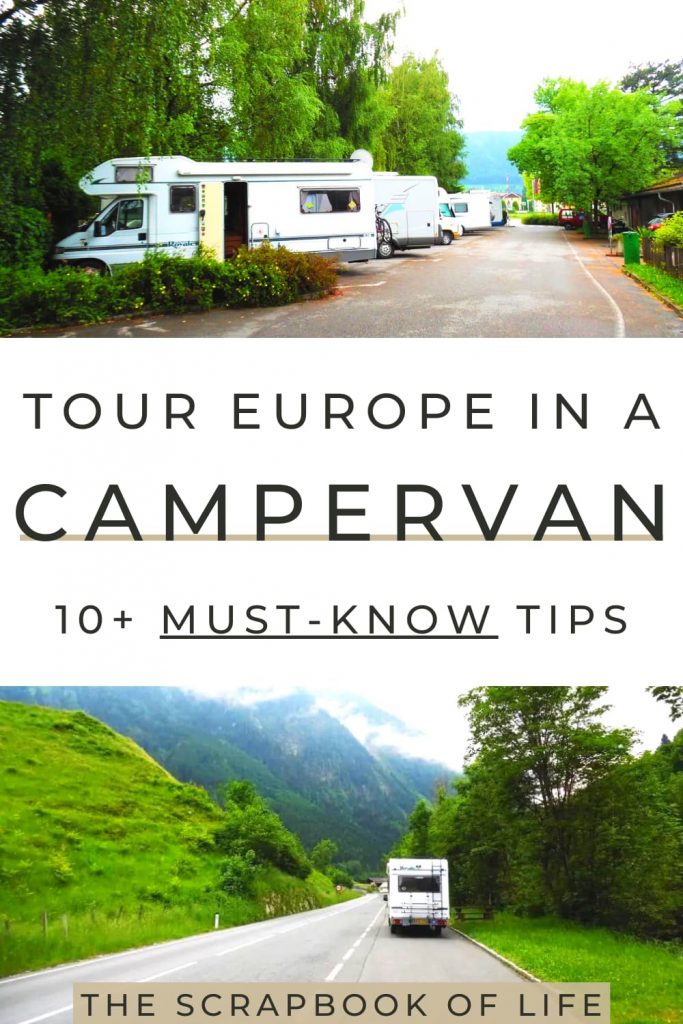





![5 Days In Slovenia Itinerary [No Car] – Magical Lake Bled & Ljubljana!](https://thescrapbookoflife.com/wp-content/uploads/2023/08/Lake-Bled-1-560x747.jpg)
![5 Days In Slovenia Itinerary [No Car] – Magical Lake Bled & Ljubljana!](https://thescrapbookoflife.com/wp-content/uploads/2023/11/IMG_7376-560x747.jpg)


![3 Days In Krakow – Very Best Krakow Itinerary [Eat, See & Do] + Exact Cost!](https://thescrapbookoflife.com/wp-content/uploads/2022/11/IMG_4112-560x747.jpg)
![3 Days In Krakow – Very Best Krakow Itinerary [Eat, See & Do] + Exact Cost!](https://thescrapbookoflife.com/wp-content/uploads/2022/11/IMG_3946-560x747.jpg)




